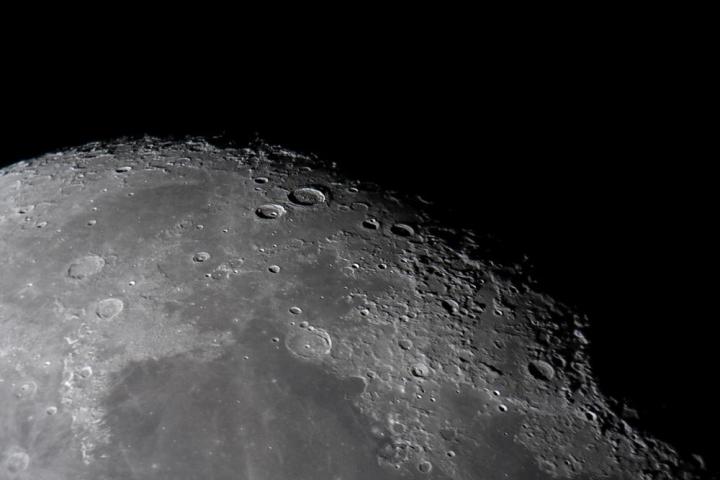
The announcement comes in the midst revelations suggesting Russian President Vladimir Putin’s involvement in the Panama Papers scandal, and it looks as though the government may be trying to sweep that particularly nasty piece of PR under the rug by focusing instead on outer space. According to new reports, Russia plans on sending a series of five robotic probes out into the great beyond, with the first set to launch in 2018 and the last blasting off in 2025.
This all may be part of the grand plan for Russia to build a base on the moon, which has been rumored to begin in 2030.
If the moon probes prove successful, they will likely serve as a considerable morale boost to what has long been perceived as a struggling Russian space program. Following the tragedy of Russia’s Mars-96 mission, which broke apart shortly after launch two decades ago, Lev Zeleniy, director of the Institute of Space Research (IKI), told the U.S. magazine Science. “We were barely functioning. There was this feeling of uselessness in the air.” And while Russia has certainly moved past this loss, their space program isn’t quite the powerhouse it was in its glory days during the Cold War.
That said, Russia is looking to revive its related technologies, both to support another mission to Mars and to advance astrophysics, and specifically with a “pair of x-ray telescopes that would map x-ray sources such as black holes and neutron stars.”
So hold onto your hats, friends. There just may be another space race in the making.

